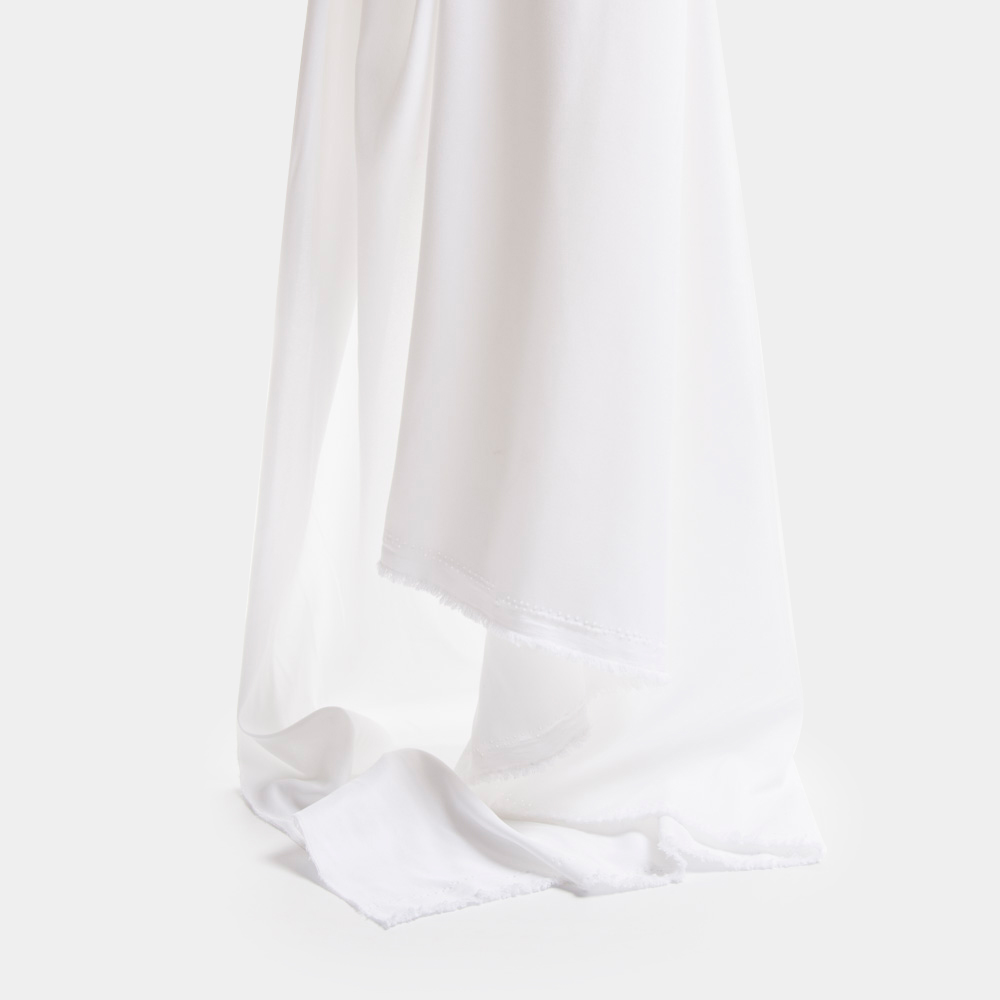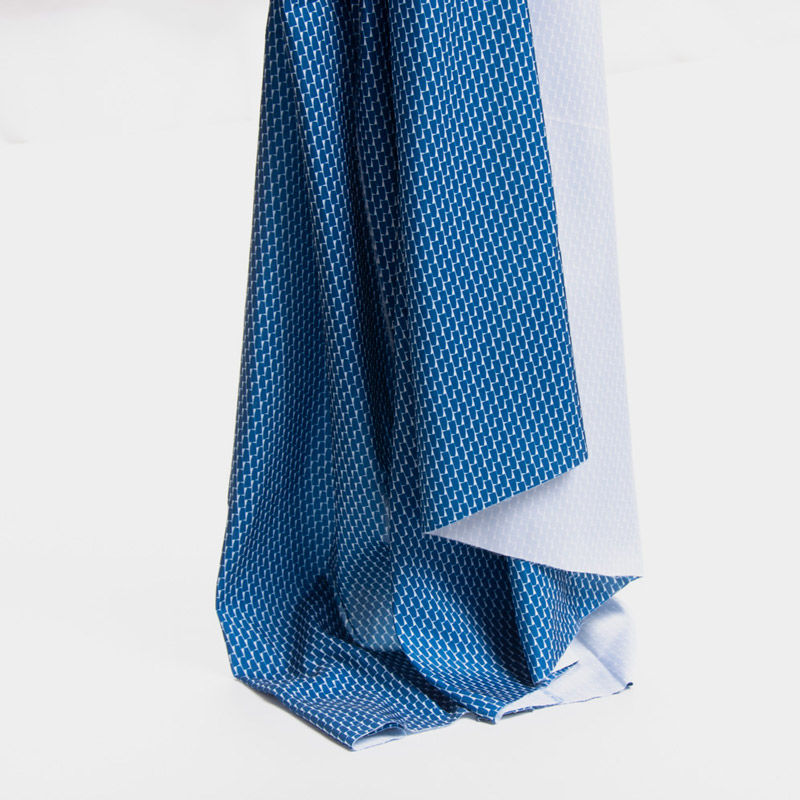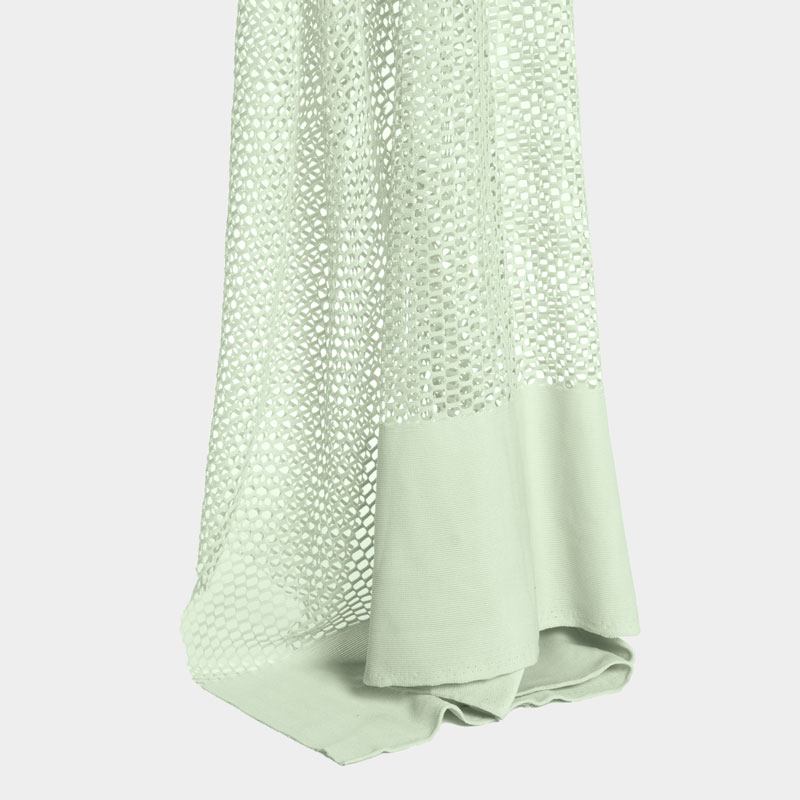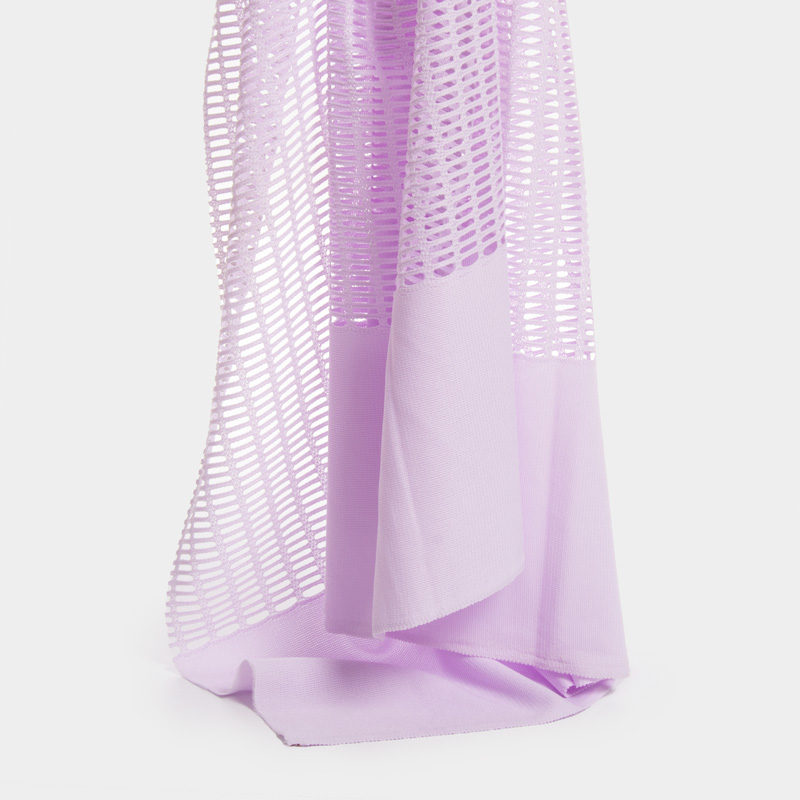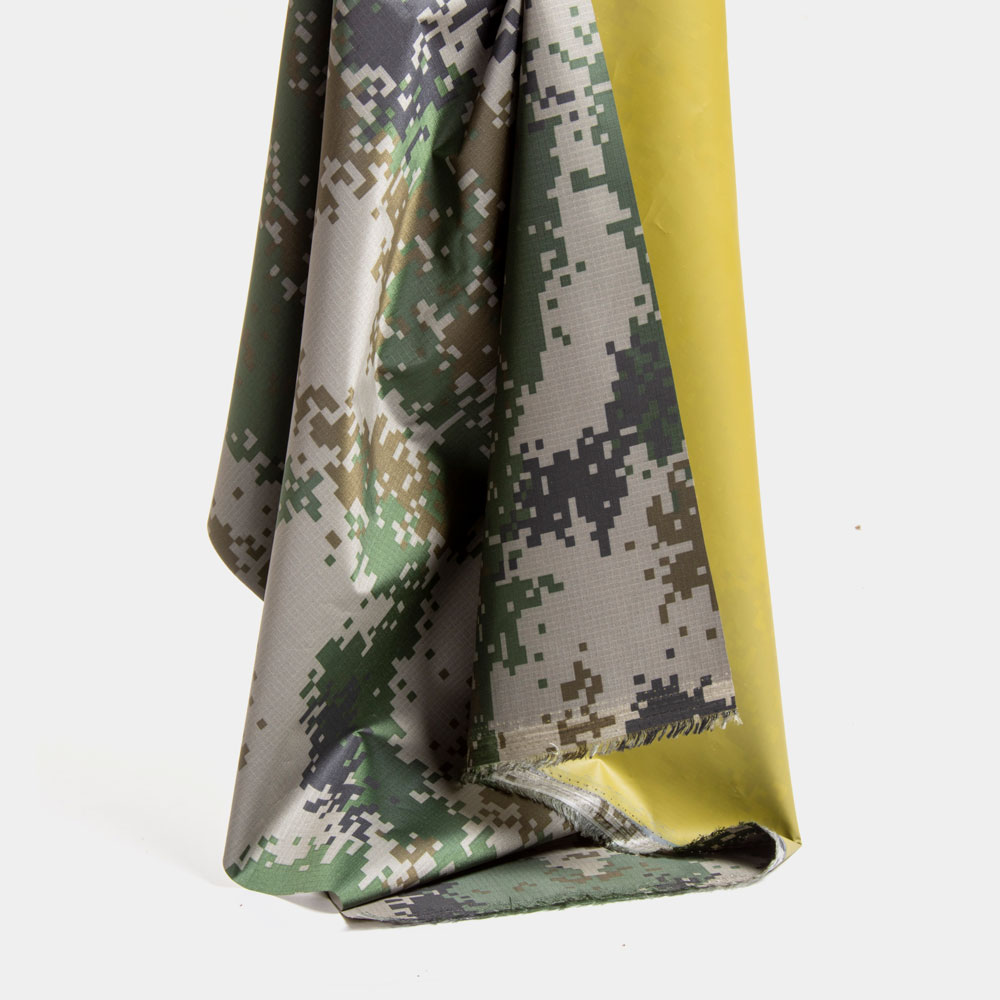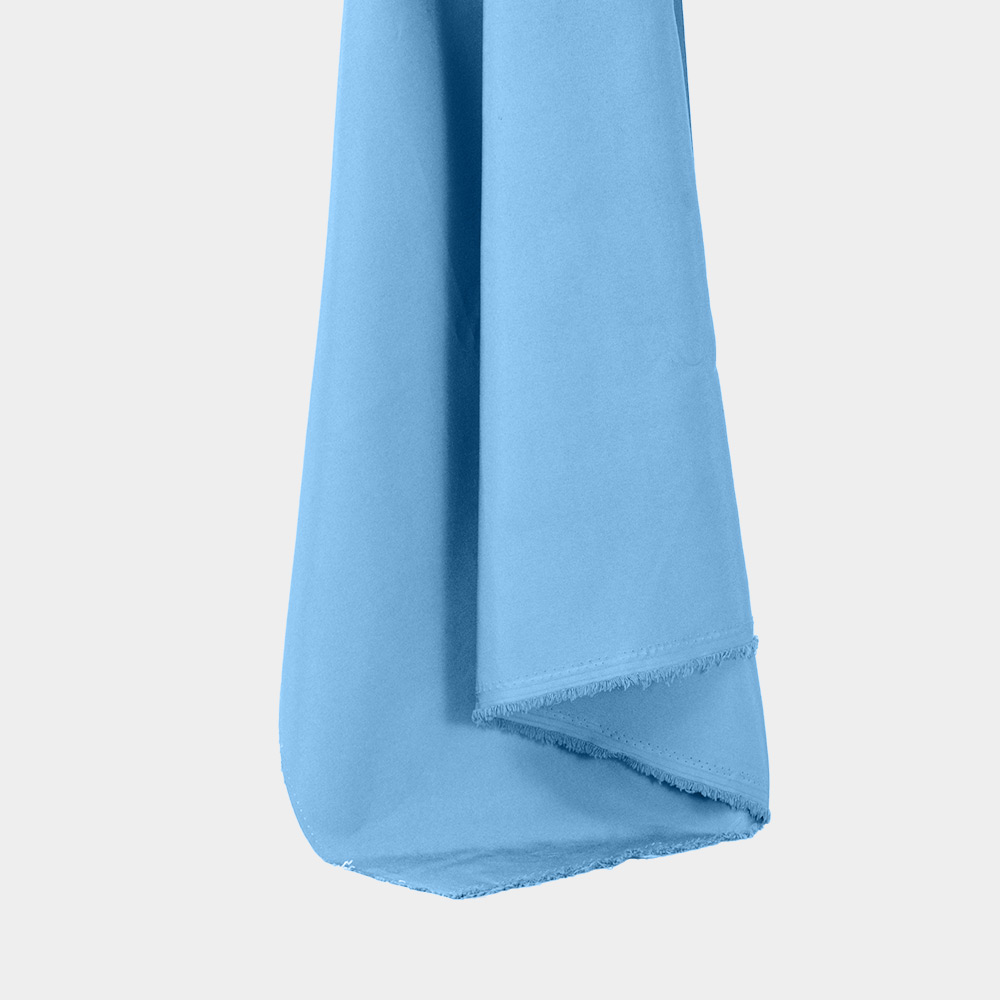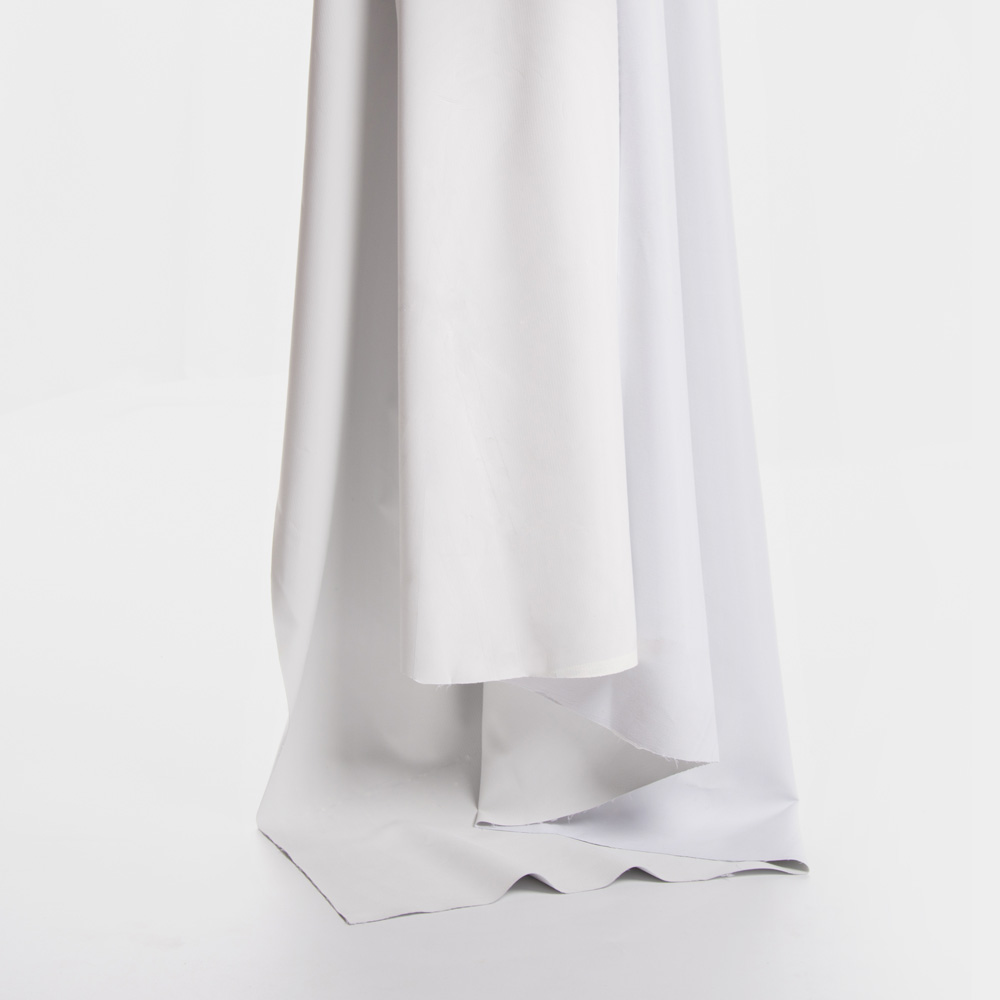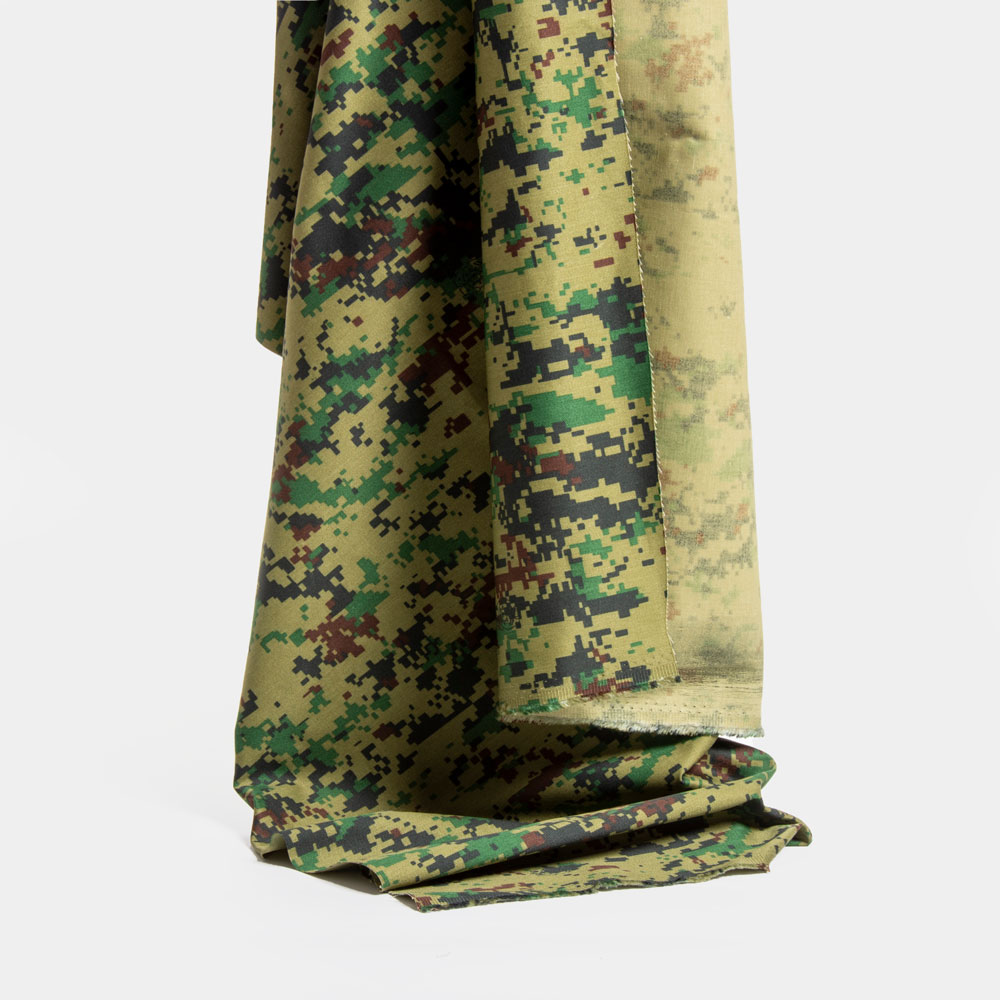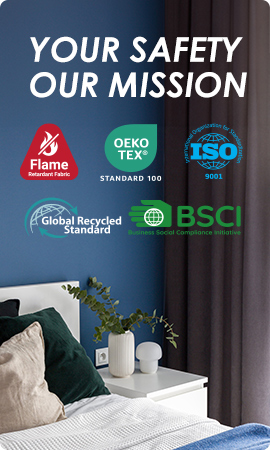Key Factors for Selecting High-Quality Flame Retardant Fabric
Flame-resistant textiles have become an element in a range of sectors, such as home textile, bedding, event, medical, clothing, industry, interior, architecture and hospitality, thanks to their capacity to lower the chances of fires and boost safety. The increasing recognition of fire dangers has underscored the importance for both producers and consumers to grasp the characteristics and advantages of these textiles. With the expansion of the market for flame fabrics, it is vital to factor in the elements when choosing top-notch options that adhere to safety regulations and offer lasting quality and endurance.
Understanding Flame-Retardant Fabric
Definition and Importance
Flame-resistant fabric is material that has been specially treated or designed to prevent catching fire, slow down the spread of flames, and lessen the amount of heat released when it comes into contact with fire. This kind of fabric is crucial for safeguarding people and assets from fire hazards. In sectors where the risk of fire is high, using flame fabric can offer extra protection and ensure compliance with safety standards.

Historical Overview
The history of creating fabrics that resist flames can be traced back to the middle of the century, when the demand for materials for different uses became evident. Initially, treatments mainly focused on applying chemicals to prevent flames from spreading on surfaces. As time passed, advancements in technology brought about the introduction of materials that include flame-retardant properties. Recently, there has been a trend towards incorporating eco-additives to enhance sustainability in these products, aligning with initiatives aimed at reducing carbon emissions.
Regulatory Standards and Certifications
In the field of fire safety, fabrics treated to resist flames must adhere to requirements and certifications to ensure their reliability. Various organizations and authorities establish rules that dictate how these materials are tested and categorized. For example, fabrics may be required to meet guidelines like NFPA 701, CA117 and CFR 1615. These certifications ensure that the fabrics have been thoroughly assessed, affirming their capacity to withstand fires and giving consumers assurance in their choices.
Key Quality Indicators of Flame Retardant Fabric
Material Composition
The composition of flame-retardant fabric is a fundamental indicator of its quality. High-quality fabrics typically incorporate advanced synthetic materials that are treated with flame-retardant chemicals or manufactured with intrinsic fire-resistant properties. Using materials such as aramid, fiberglass, nylon or acrylic in combination with flame-retardant additives can significantly enhance the material’s performance. In addition, some materials are made of 100% cotton, 100% viscose or 100% polyester. Furthermore, details like the thickness of the fabric, the coverage of flame-retardant treatments, and the presence of UV inhibitors also contribute to the overall effectiveness of the fabric under different environmental conditions.
Durability and longevity
Durability is another critical factor in selecting high-quality flame-retardant fabric. The flame retardant durability of this material is excellent, and the flame retardant effect is not affected by water washing more than 50 times. The fabric should also withstand environmental stresses, such as UV exposure, without degrading its flame-retardant properties. Fabrics that are reinforced with additional elements often provide improved longevity. A reliable supplier, like BEGOODTEX, ensures rigorous testing of their products before delivery, giving consumers confidence in their investment in safety products.
In conclusion, understanding the critical factors for selecting high-quality flame-retardant fabric is crucial for ensuring the safety and well-being of individuals in various environments. Evaluating material composition and durability allows consumers to make informed choices that align with their specific needs and regulatory requirements. Companies like BEGOODTEX are at the forefront of this technology, providing innovative solutions to meet the demands of a safety-conscious market.
Evaluating manufacturer credibility
Industry Experience
When selecting high-quality flame-retardant fabric, it is essential to assess the manufacturer’s industry experience. A company with a long-standing presence in the market often brings invaluable expertise in both production techniques and compliance with safety standards. Such manufacturers are more likely to have refined their processes, tested their fabrics across a range of scenarios, and developed a reputation for reliability among buyers. Additionally, experienced manufacturers tend to be familiar with the various challenges within different industries, enabling them to offer tailored solutions that meet diverse needs.
Certification and Testing Procedures
Equally important in evaluating manufacturer credibility is understanding their certification and testing procedures. Quality manufacturers invest in rigorous testing to ensure their flame-retardant fabrics meet applicable safety regulations. This may include testing for flammability under standards such as CAN / ULC-S109-14 and assessing the effectiveness of flame-retardant additives incorporated into the fabric. Certifications from recognized bodies not only guarantee compliance but also reassure consumers that the products have undergone comprehensive assessments and are capable of performing under duress. Furthermore, manufacturers that are transparent about their testing processes tend to build greater trust with their clientele.
Customer reviews and feedback
Customer reviews and feedback serve as critical indicators of the credibility of manufacturers. Positive testimonials reflect the satisfaction level among clients regarding material quality, safety performance, and responsiveness to service inquiries. By reviewing customer experiences, potential buyers can gauge the consistency of the manufacturer in delivering high-quality flame-retardant fabric. Engaging with customer feedback, either through direct inquiries or platforms dedicated to product reviews, can provide additional insight into the manufacturer’s reputation and overall commitment to quality within the industry.
Specific Needs of Different Industries
Home Textile
In the home textile sector, these fabrics provide a reliable solution for ensuring fire safety in curtains and decorations. The inherent flame-retardant properties of the fabrics make them suitable for use in environments requiring stringent fire safety measures.
Medical
In the medical industry, BEGOODTEX fabrics offer a durable flame-retardant option for hospital furnishings and equipment covers. These fabrics have been tested and validated for their flame-retardant properties, meeting the requirements of NFPA 701:2019 standards.
Clothing
In the clothing industry, BEGOODTEX fabrics meet or exceed local standards for fire safety. They can be used in the production of protective clothing, ensuring the safety of workers in high-risk environments. With their durability and ability to prevent flame spread, BEGOODTEX Flame-retardant fabrics are a trusted choice across various industries.
Safety and protective gear
Flame-retardant fabrics play a pivotal role in the production of safety and protective gear, especially in high-risk industries such as firefighting, oil and gas, manufacturing, and more. The choice of fabric directly impacts the level of protection afforded to personnel operating in hazardous conditions. For example, garments aimed at protecting workers from fire and thermal hazards must not only provide flame resistance but also allow for breathability and comfort during use. Selecting a manufacturer like BEGOODTEX that focuses on both safety specifications and the ergonomic design of protective garments ensures that end-users don’t compromise on safety while maintaining comfort on the job. In addition, in the aspect of luggage, there are flame retardant finished items like fireproof camping tent made of flame retardant polyester canvas.
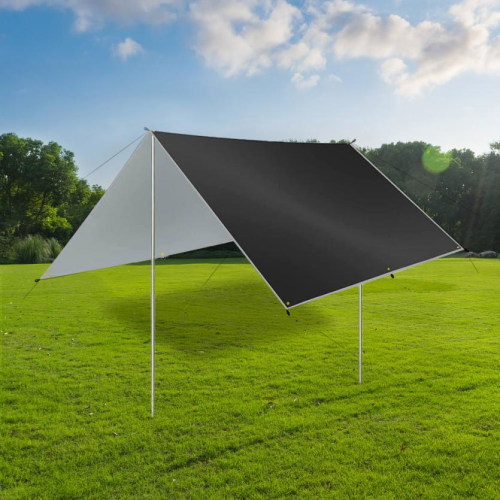
Comparing Materials: Natural vs. Synthetic Flame Retardants
Benefits of Natural Fibers
Natural fibers, such as cotton or wool, are inherently less flammable compared to synthetic options, which can be advantageous in many applications. When properly treated with flame-retardant chemicals, these fibers can provide effective protection against fire hazards while maintaining their breathable and comfortable nature. Additionally, natural fibers tend to have a softer feel, contributing to the overall comfort of the end product, which is essential in applications such as protective clothing and upholstery. Furthermore, natural fibers are often biodegradable and sustainable, appealing to environmentally conscious consumers who prioritize eco-friendly materials in their purchasing decisions.
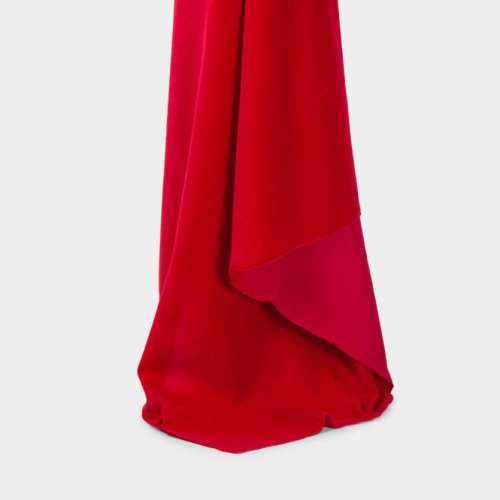
Advantages of Synthetic Fibers
Artificial fibers like polyester and nylon have become popular because of their durability and ability to withstand factors when treated with flame-retardant methods. For example, nylon fabrics can be tailored for specific uses, allowing manufacturers to improve qualities such as resistance to wear and tear, protection from UV rays, and moisture absorption. Consequently, synthetic flame-retardant materials often surpass fabrics in terms of lasting through conditions, especially in industrial environments. Additionally, advancements in creating fibers have resulted in the invention of flame-retardant additives that enhance safety without compromising the material’s strength or performance. Taking the example of BEGOODTEX’ s flannelette fabric, Loop fleece would be your perfect choice made of polyester.
How BEGOODTEX Ensures High-Quality Flame-Retardant Fabrics
Advanced Manufacturing Techniques
BEGOODTEX utilizes cutting-edge manufacturing methods that focus on embedding flame-retardant characteristics into the fiber. This method not only boosts the fabric’s ability to resist fire but also guarantees performance over the product’s lifespan. By employing weaving and knitting techniques, BEGOODTEX creates woven structures that enhance overall fire resistance. These methods also reduce the risk of chemical leaching, preserving the flame-retardant properties after washing or exposure to various elements.
Comprehensive Safety Testing Procedures
Ensuring safety is of importance when dealing with flame fabrics, which is why BEGOODTEX adheres to thorough testing protocols that align with global safety standards. Every fabric batch undergoes an examination process, including flammability assessments following the EN13501-1 and EN 13773 CLASS 1 guidelines. This rigorous testing procedure validates the efficacy of the flame-retardant treatments. Guarantees that the fabrics meet established safety standards. Thanks to these procedures, consumers can rely on BEGOODTEX’s flame fabric selection being assessed and certified for both quality and safety.
Commitment to Innovation and Sustainability
BEGOODTEX is dedicated to improving their fire fabric options with a focus on sustainability. They are actively exploring the use of recycled materials and friendly additives in their production processes, which helps reduce the impact of fabric manufacturing. By embracing practices, BEGOODTEX aligns itself with the trend towards eco-friendly sourcing and production methods.

